Overview
Our sharpening service will provide a good serviceable edge on the blade. The result is typically “very sharp” with a small secondary bevel and a bit of an “apple seed” profile. The resulting edge is somewhat dependent on the particular blade. Some blades will take and hold sharper edges than others and the thickness of the blade will determine how wide the bevel will need to be. We adjust the angle of the edge to suit the specific blade and attempt to get as close to a bevel-less edge as possible without marring the surface of the blade.
The Sharpening Process
The sharpening service is done with a belt sander. The process involves many passes with sanding belts of various grits. The blades are rested between passes to prevent them from becoming hot and damaging their temper. By default we will sharpen as much of the blade as possible including any false edges if appropriate. If you have a different preference, feel free to make that request in the special instructions at check out. We can sharpen only the last half or third of an edge, for example. Our sword sharpening expert has personally sharpened several thousand swords at this point, so will provide you with a professional service.
What the Service is Not
The resulting edge will be “sword sharp” not razor sharp. Our goal is to provide you with a usable edge for cutting practice that will hold up to some use and not require constant re-sharpening. In other words, we intend to provide you with a serviceable weapon, not a personal grooming implement. The service will not provide a completely bevel-less edge. To create that type of edge will necessarily scratch up the blade surface and we lack the machinery and time to provide a full re-polishing of a blade’s surface. A service of that nature would be significantly more expensive as a great deal more time would be required. We do not offer this type of service at this time.
Disclaimer
We make no guarantee that the resulting edge will meet with your expectations. Every blade is different and some will take and hold a sharper edge than others, due to the blade material, heat treatment or geometry. Some customers can also have incorrect assumptions about sword sharpness and improper expectations as a result. All we can say for sure is that the resulting edge will be sharper than the default edge, in most cases, significantly so. We can not provide any refunds for the service once it has been completed, so consider it to be provided “as is”. That being said, if you are unhappy with the product for any reason, we do still allow you to return the item for a full refund, including the sharpening costs under our normal return policy. This does not apply to special sharpening requests, for example if we sharpen something specially for you that does not normally list that option on our site. The vast majority of our customers are happy with the results of the service, so as long as you keep the above mentioned in mind, we are confident you will be pleased with the results as well.




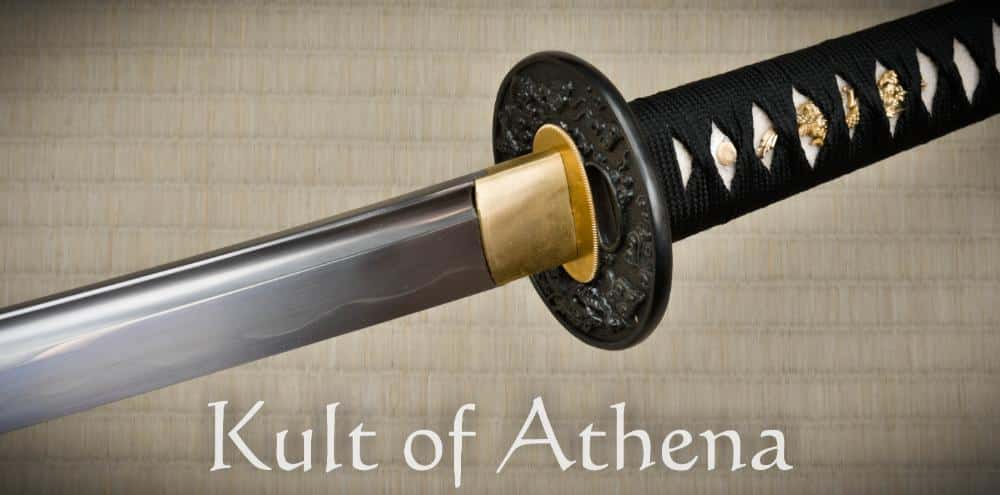

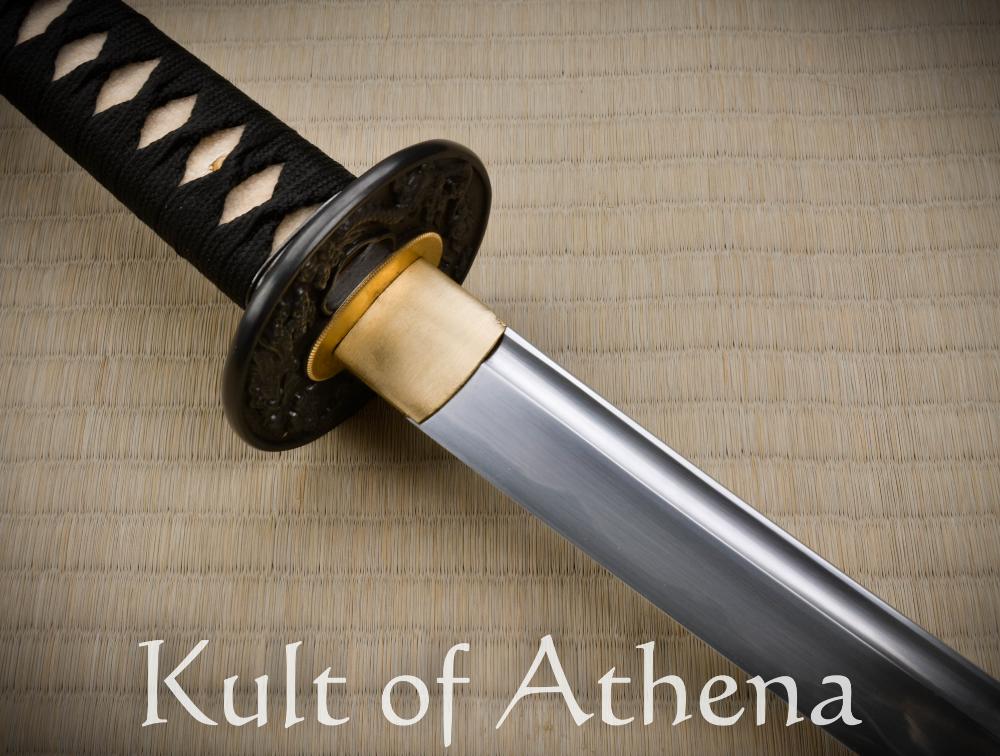
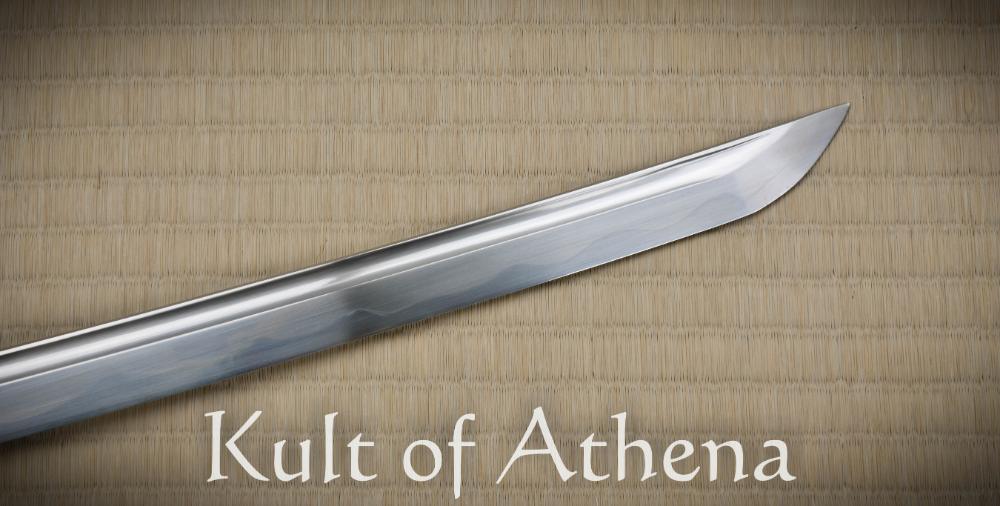



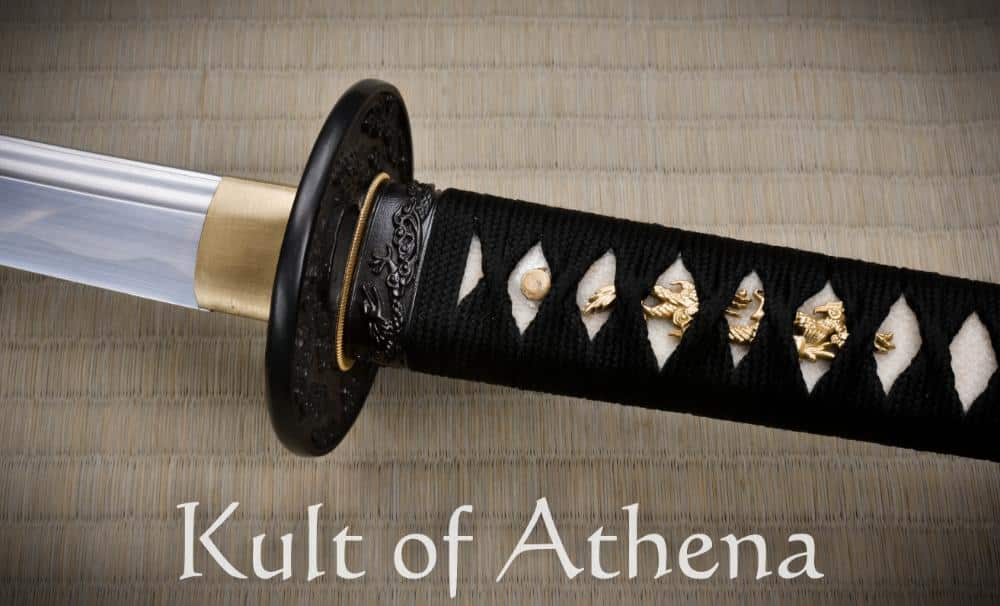

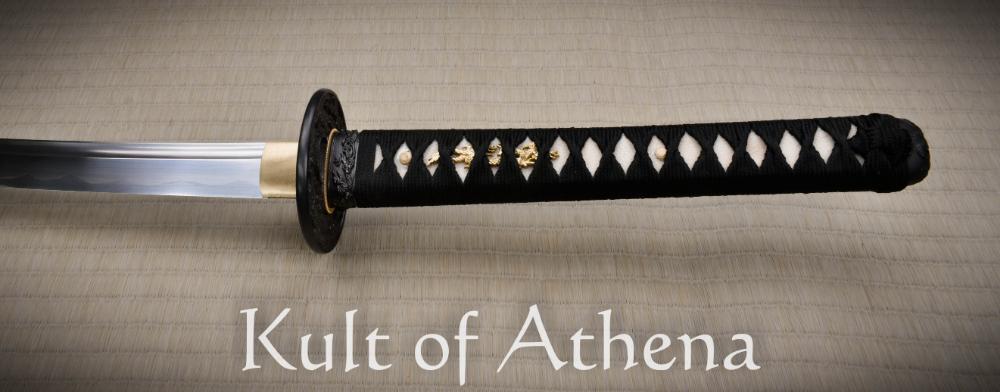




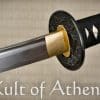
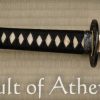
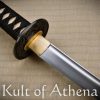
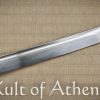
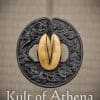
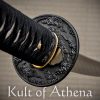
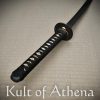

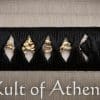
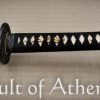

e.mcreynolds (verified owner) –
The sword I received had a dry blade and some surface rust had formed at the tip. The mountings had a serious flaw with the habaki. This part is a bit too small and permits the lower edge of the blade to cut through it. The result is a sharp spur that inhibits drawing the sword from the saya and digs into the wood of the saya throat. On the plus side, the blade is excellent. It is very well balanced, very quick and precise in wielding. The hamon is subtle and attractive, the bohi are perfectly executed. With better mountings this sword would be exceptional. If LK Chen addressed only the habaki flaw, they would have a dominant product.
e.mcreynolds (verified owner) –
After a few days of handling, I have to add a star. This sword handles beautifully. I will add that the ito is well done and very tight. The habaki is really the only negative and may just be an issue on the sample that I own.
Redtidalwave (verified owner) –
Blade is so perfect, light, and might be more representative of period katana considering its geometry was based on an existing artifact. Only issue I had with it was that the kashira was incredibly loose and would need to be repaired basically out of the box, and that the fit was looser than expected between the blade and the saya, meaning it can in fact fall out when tipped downwards. I love the balance of the blade because it feels better than most katana that I’ve handled, so it’s a shame that some of the other pieces fit so poorly.